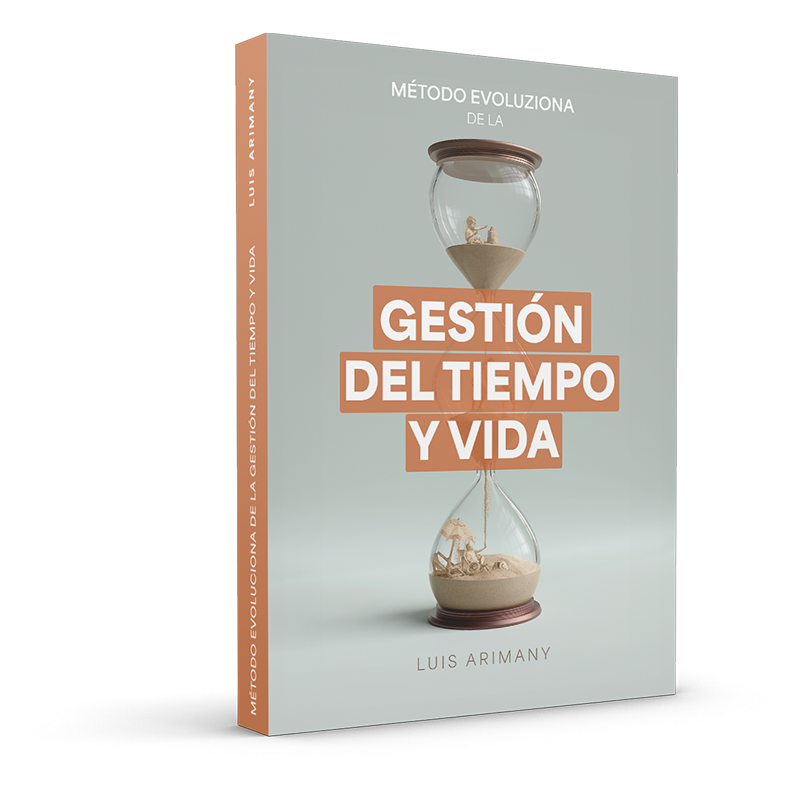* Tesis Completa en formato Word ![]()
Index
CHAPTER 1
INTRODUCTION
1.1 Greenhouse effect
1.2 Overview of International actions against CO2 emissions.
1.3 Relation between fuel economy and CO2 emissions.
1.4 Measures to reduce the fuel consumption.
1.5 Non technical problems to overcome.
1.5.1 Cost
1.5.2 Customer expectation.
1.6 Best fuel consumption cars.
1.6.1 Commercial vehicles.
1.6.2 Near 3 litre cars.
1.7 Effect of fuel economy improvement technology on other vehicle attributes.
1.8 Introduction to the thesis work
CHAPTER 2
Improvements to achieve the 3 litre car, 3 litre per 100 km fuel consumption
2.1 Energy parameters.
2.1.1 Low weight.
2.1.2 Low rolling resistance.
2.1.3 Low aerodynamic drag.
2.1.4 Speed limiters.
2.2 Power train.
2.2.1 Redesign of gears.
2.2.2 Continuous variable transmission.
2.2.3 Hybrid power train.
2.2.4 Fuel cells.
2.3 Alternative fuels.
2.4 Engine improvements.
2.5 Lean burn and EGR..
2.5.1 Lean burn.
2.5.2 Exhaust gas recycle (EGR)
2.5.3 Comparison between EGR and Fuel economy.
2.6 GDI
2.7 Turbocharge and supercharge.
2.8 valve timing technologies.
2.8.1 Concepts involved in valve timing.
2.8.2 Variable valve timing and lift for fuel economy in throttled engines and stoichiometric mixture.
2.8.3 Variable valve timing and lift for fuel economy in throttled engines and lean burn.
2.8.4 Variable valve timing and lift for fuel economy in un-throttled engines.
2.8.5 Camless.
2.9 Improvements in which this thesis is based: Small gasoline engine.
2.9.1 Reasons for gasoline engine.
2.9.2 Small engine.
2.9.3 Regular port injection.
CHAPTER 3
Assumptions and initial calculations
3.1 Mass and drag coefficient of the car
3.1.1 Mass.
3.1.2 Drag coefficient
3.2 Formulae and other assumptions.
3.3 Summary of car parameters assumed.
3.4 Bmep calculation.
3.4.1 ECE 15.
3.4.2 EUDC..
3.5 Minimum torque required to perform the ECE test cycle.
3.6 Theoretical calculation of the minimum engine size required.
3.7 Sensitivity analysis of the bmep versus weight, drag coefficient and gear ratio
3.7.1 Mass.
3.7.2 Drag coefficient
3.7.3 Gear ratios
CHAPTER 4
Initial consideration for the engine modelling
4.1 Valves.
4.1.1 Size, number and arrangement of valves per cylinder
4.1.2 Other valve considerations.
4.1.3 Valves size.
4.1.4 Valve profile.
4.2 Flow coefficient
4.3 Friction mean effective pressure (fmep)
4.3.1 Introduction to the fmep.
a) Pumping losses.
b) Friction (rubbing).
c) Accessories.
4.3.2 Observations.
4.3.3 Quantification of friction and accessories losses.
a) Heywood equation.
b) Bishop. Further models.
c) Friction used.
A4.1.1 Cam description.
A4.1.2 Valve lift programs.
a) “Calculation and drawing” program..
b) “Change sheet” and “plot sheet” programs.
c) “Real lift program”
A4.2.1 Measurement methods of the fmep.
A4.2.2 Estimation of fmep.
a) Heywood equation (1988)
b) Arsie et al (1999)
c) Yagi et al equations (1990)
d) Ferguson and Kirkpatrick (2001)
e) Bishop. Further models
CHAPTER 5
The AVL BOOST model. Sensitivity analysis
5.1 Introduction to AVL BOOST.
5.2 Model representation explanation.
5.3 Decisions made.
5.3.1 Bore/stroke decision.
5.3.2 Combustion model and combustion start
5.3.3 Compression ratio decision.
5.4 Modelling process.
5.5 Sensitivity analyses.
5.5.1 Cam configuration.
5.5.2 Pipes length sensitivity.
5.5.3 Flow restrictions.
5.5.4 Plenums and side branch configuration.
5.5.5 Swept volume decision.
CHAPTER 6
Fuel consumption calculations and final results
6.1 Fuel consumption calculation programs.
6.2 Description of the programs.
6.2.1. Europeancycleprogram..
6.2.2. Ecesubprogram and eudcsubprogram..
6.3 Final model description and its performance.
6.3.1 Main features of the model
6.3.2 Engine maps.
6.3 Fuel consumption results.
6.4 Fuel consumption sensitivity analysis.
6.5 Validation of the results. Comparison with the Smart
CHAPTER 7
Conclusions and future work
7.1 Conclusions.
7.2 Further work.
References
Magazines and Newspapers.
Internet sources.
Appendix A. Engine parameters and checks
A.1 Engine parameter values.
A.2 Checks.
Appendix B. Fuel consumption programs
B.1. Europeancycleprogram..
B.2 Ecesubprogram..
B.3 Eudcsubprogram
Appendix C. Fuel consumption sensitivity analysis
